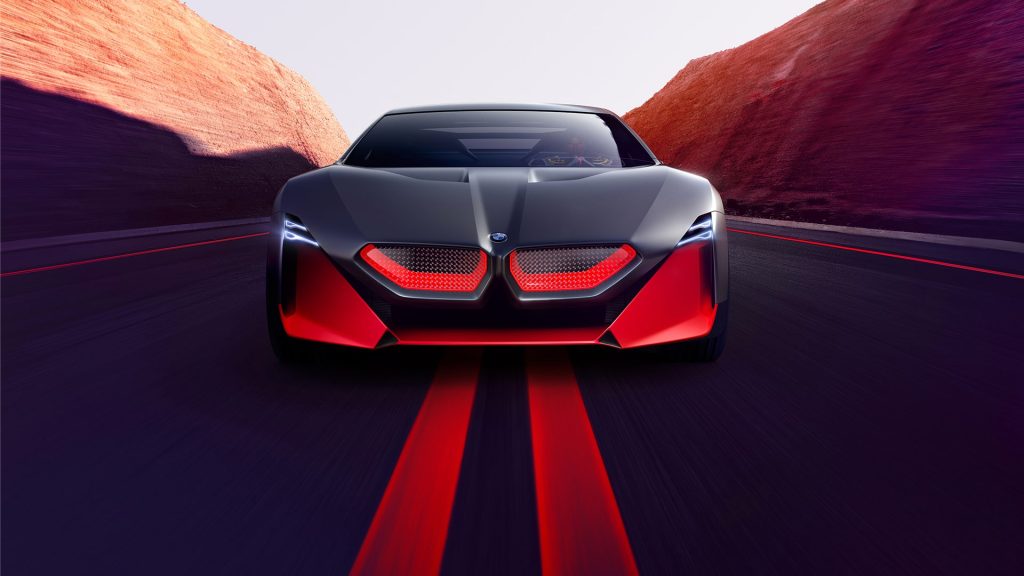
One and done!
When it comes to the top five concept cars from BMW, each are worth their weight in gold — yet never met the green light to production. One and done, but the one and only, each boast a variety of features, including all-out power and style, and many have even tapped into the unconventional. The skies the limit with these concepts. Take a moment to peruse what each of them represented.
Here’s more….
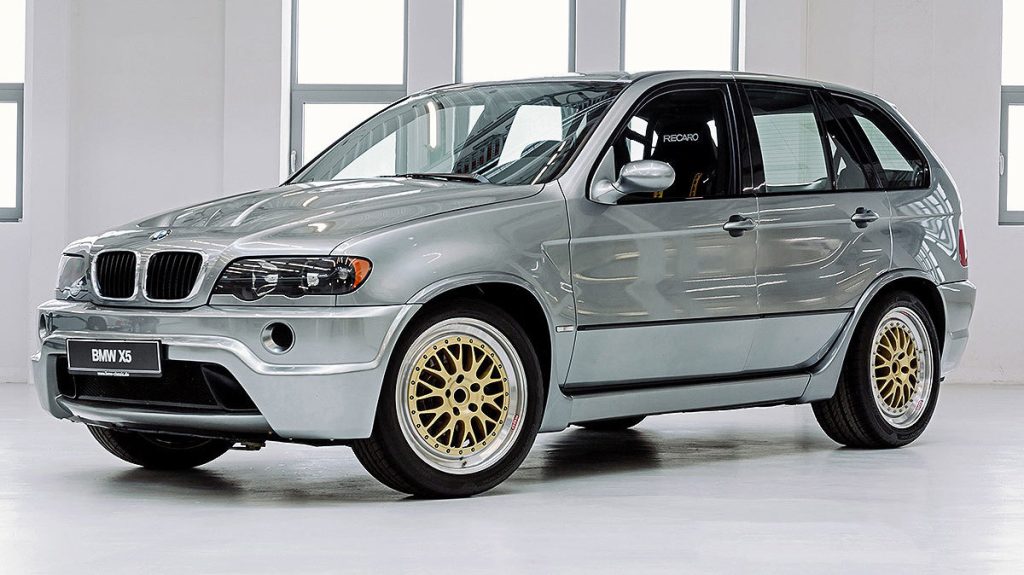
2001 X5 Le Mans Concept
Just for fun, BMW engineers got their hands on this X5, fitting it with a 700-hp V-12 from the McLaren F1 racer and flogged on the Nurburgring. This one-of-a-kind concept was an example of what the absolute limitations could be for a basic X5. It was also a means to get people accustomed to the idea of a BMW super-ute, with the automaker planning to begin building a hot version of the 4900-pound X5 within 18 months. In fact, prototypes called “X5 HP” were on hand at Nordschleife, and featured a BMW V-8 paired with a recalibrated GM five-speed automatic.
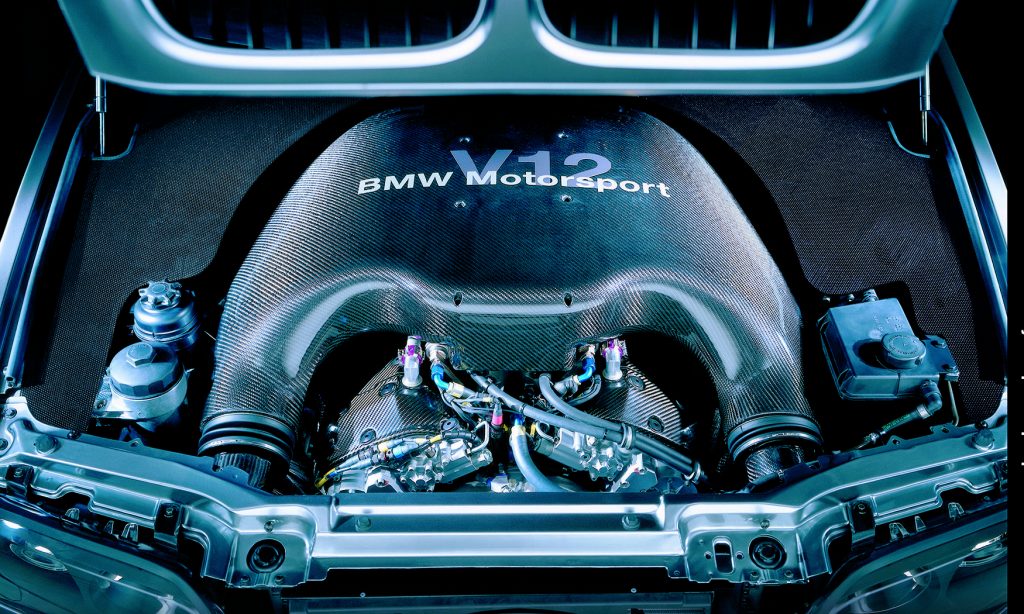
The power for the Le Mans is transmitted via a twin-plate racing clutch to a ZF-six-speed manual from an old 8-series coupe. The gearbox was able to stand up to the engine’s 531 lb-ft of torque, with the stock all-wheel-drive transfer case preserving the X5’s torque split of 38 percent at front and 62 to the rear.
Aside from the engine and transmission, a largely stock model is found here, squatting lower by 1.9 inches in the front and 1.6 inches in the rear and featuring firmer springs and bushings. It sits on 20-inch wheels.
Fitted with slicks, the X5 LM lapped Nordschleife in eight minutes and five seconds, which is 15 seconds quicker than the factory’s Z8 roadster.
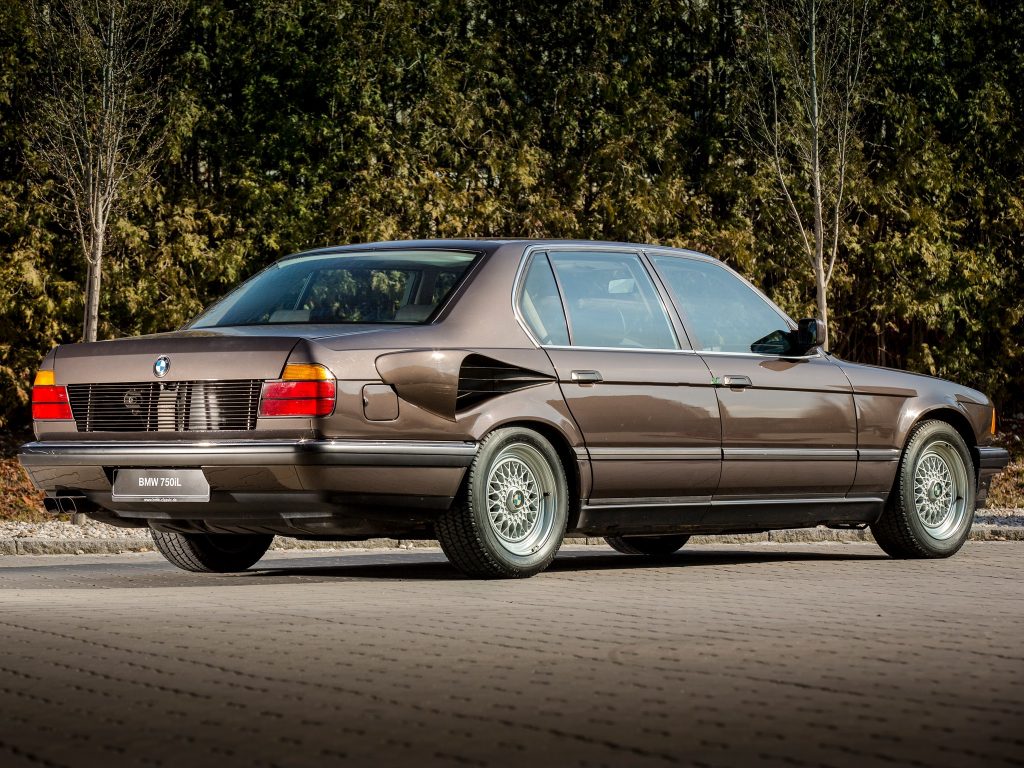
1980s V16 7 Series
This E32-generation 7 Series with a V16 engine is a prime example of one of the stranger cars in the collections of BMW’s one and done, concepts that never made it to fruition. In its quest to power a luxury sedan with the biggest engine possible, the 7 Series V16 was born, and was over-engineered to say the least!
Under hood is a V16 engine that was made in not your usual way. Instead of merging two perfectly good V8s, BMW instead decided to lop off the first four cylinders of one V12 and the last four cylinders of another and put those together. The merging is even evident when you look under hood, with the actual seam visible. The massive motor, which produced 408 hp and allowed the vehicle to reach speeds of 174 mph, truly took up the entirety of the engine bay. So much so, BMW could not even fit in a radiator or cooling system under hood, with both placed in the trunk.
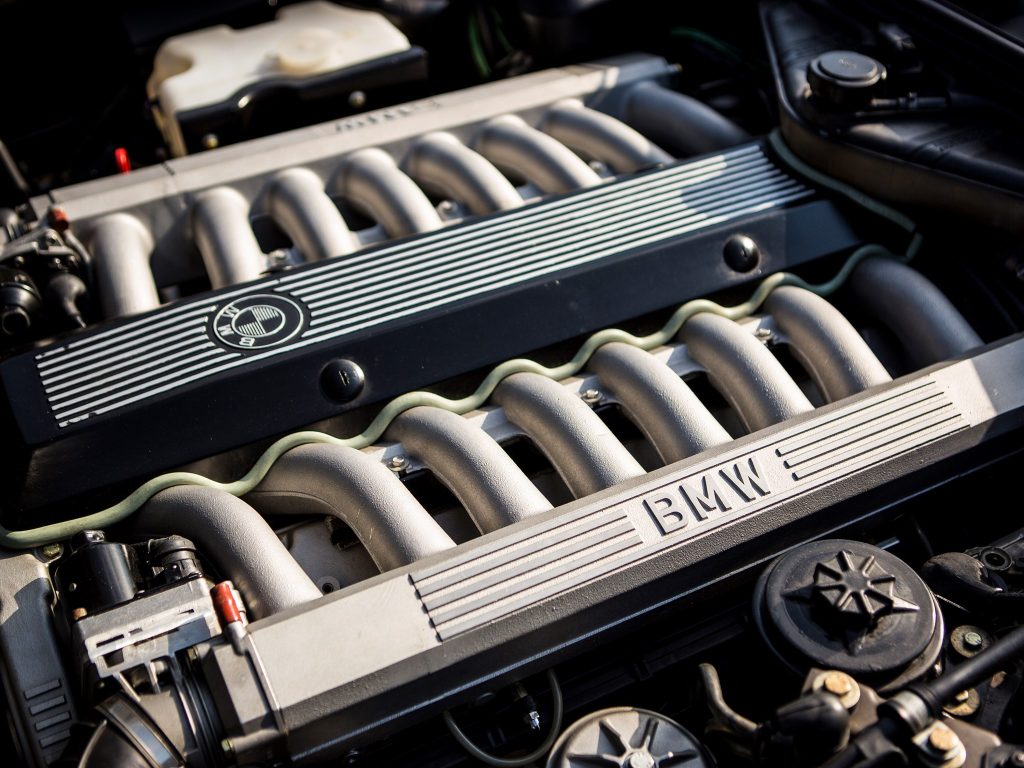
Massive air intake vents were added to the rear fenders, with air fed through those vents and through the radiators, and out of the back of the car through a large vent located between the taillights. These side vents are what earned the V16 7 Series a nickname of “Goldfish.” That is because one of the prototypes was gold, and the side vents were similar to fish gills.
A manual transmission is also found here, with this prototype featuring a brown-over-brown color scheme.
While this vehicle never made it to production, had it done so, it would have opened the door to many more V16-powered sedans from brands like Mercedes and Cadillac.
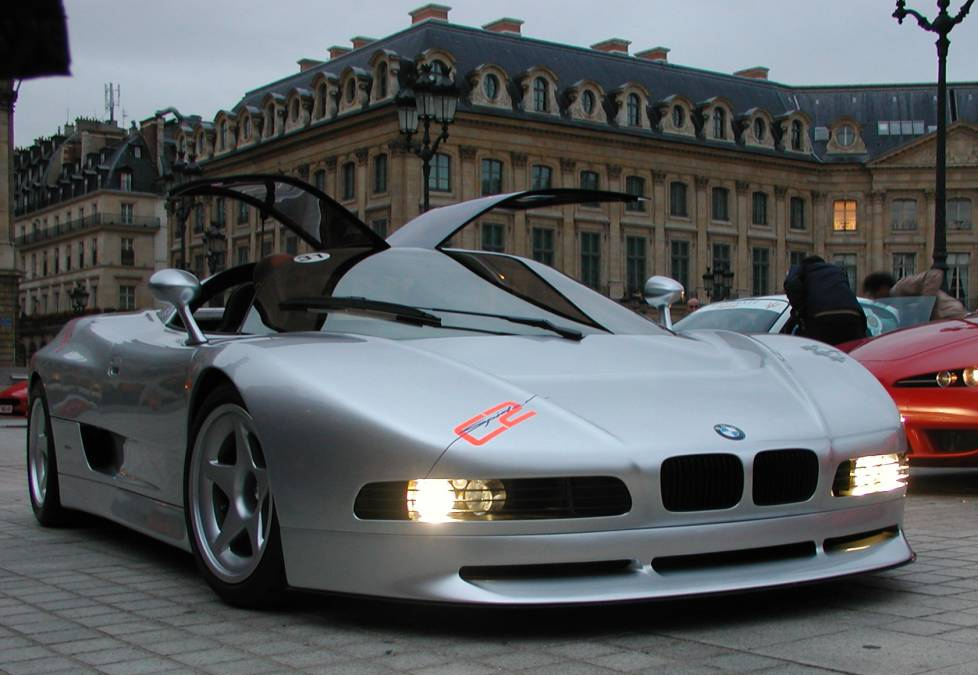
1991 Nazca M12
With style nothing short of spectacular, the M12 made its debut in 1991. The creation of Fabrizio Giugiaro, son of Italdesign founder and celebrated designer Georgette Giugiaro, this prototype was stunning to say the least.
Under hood and amidst the carbon finery was a 300 hp five-liter 12-cylinder engine that was taken from BMW’s 750i and 850i production cars. This legendary V12 was mounted in a longitudinal configuration and had the tools to catapult what was considered a featherweight bullet car over the world’s roads and racetracks at break-neck speeds.
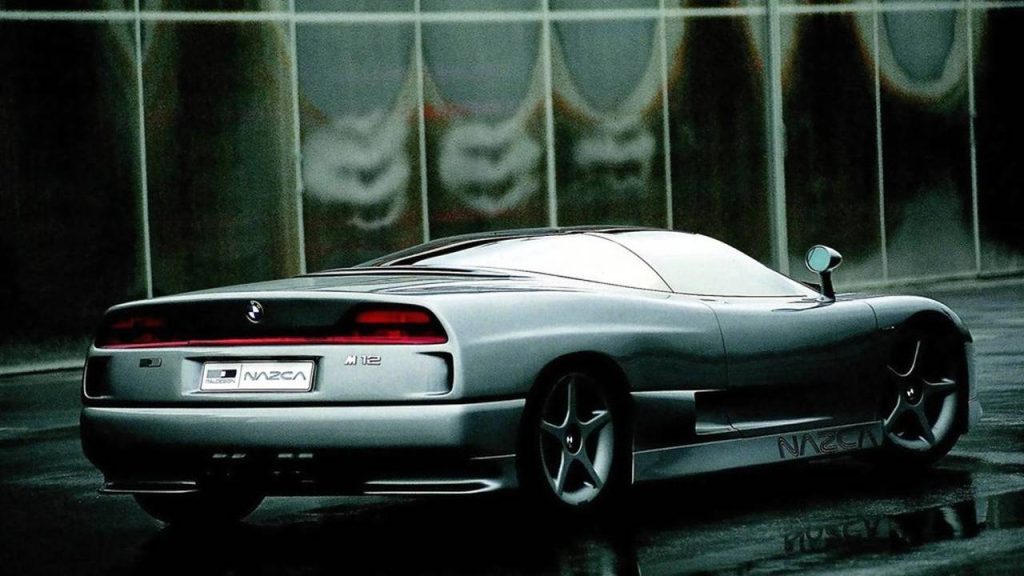
Making a statement all its own, the Nazca’s smooth-surfaced bodywork was inspired by Formula 1 and Group C machines, resulting in a 4.37-metre long, 1.99-metre wide seed merchant. Inspiring features included gulping side windows that rose from conventionally hinged doors as well as a glass roof structure that gave the supercar’s driver and his or her passenger an unhindered, panoramic view to the outside.
Considered a worthy successor to the M1 and perhaps a one-way ticket to obscurity, this prototype never saw production.
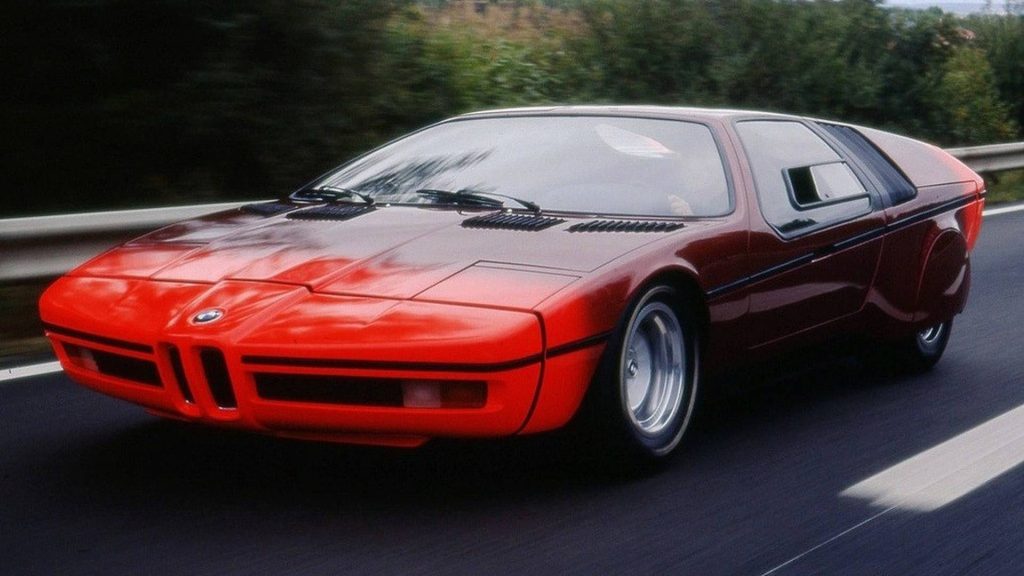
1970s E25 Turbo
BMW’s first-ever concept car, the E25 Turbo and its wild design was the brainchild of celebrated automotive designer Paul Bracq. It is intertwined with what came six years later — the M1, complete with code name — E25 for the Turbo and E26 for the M1.
An incredible looking machine, both safe and attractive, the wedge-shaped automotive icon boasted both active and passive safety bits and pieces, including foam-filled front and rear sections mounted on hydraulic struts. Its look was also defined by skinny A-pillars that enabled good visibility out of what were considered huge front and side windows.
The E25 also featured an integrated roll cage, side impact beams and crumple zones, as well as radar-based brake distance warning systems that were considered the precursor to active cruise control. Pop-up headlights mounted behind the front bumper were also featured, with the E25 additionally equipped with anti-lock brakes long before they ever premiered in BMW’s lineup with the rollout of the first-generation 7er (E23).
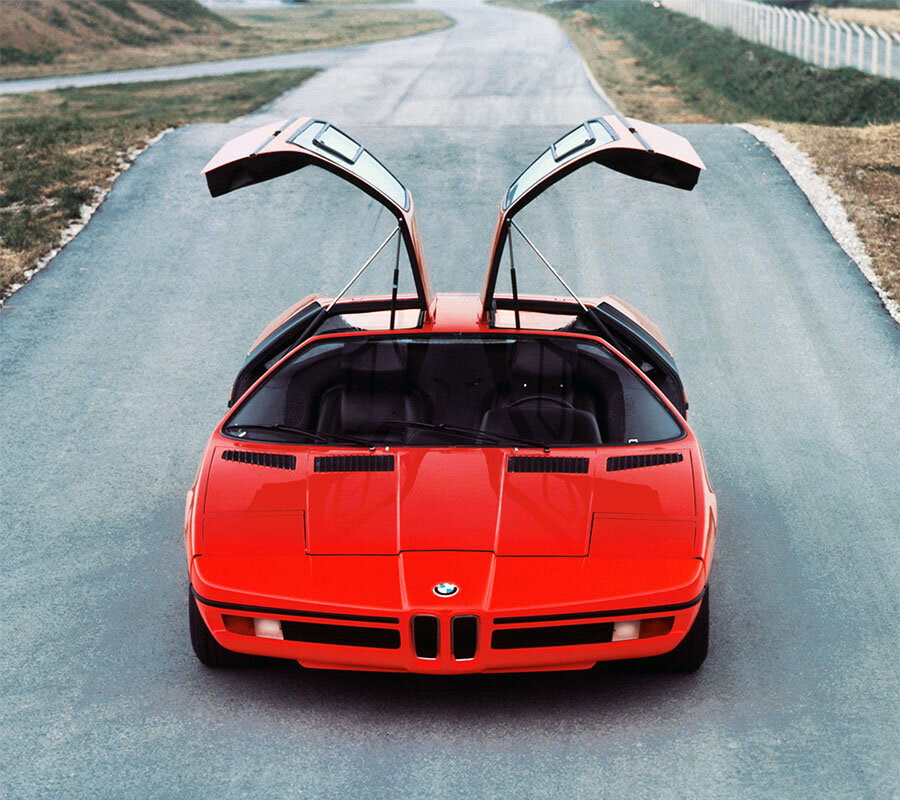
Considered the basis for the traffic control system of the second-gem 7er (E32), the E25 also was presented with a steering wheel that included three universal joints. Gullwing-doors were
fitted with a check control function, made possible by a fiber optic system and designed to inform the driver of the oil level, brake fluid, coolant, brake pad wear and brake bulb operation.
The Turbo, which premiered at the 1972 Paris Motor Show, measured 4,155 millimeters front to rear. It rode on 14- by 9.5-inch wheels mounted with Dunlop rubber boots. Additionally, it reached speeds of 62 mph in 6.6 seconds with top speed an impressive 155 mph.
With hints of a BMW’s signature look due to its kidney grilles, the Turbo boasted the first driver-focused interior ever designed. It was upholstered in black with red-ish carpets that matched the exterior paint color.
In the area of safety, the Turbo came equipped with an inhibitor switch that prohibits the gene from starting if the driver and passenger were not buckled up!
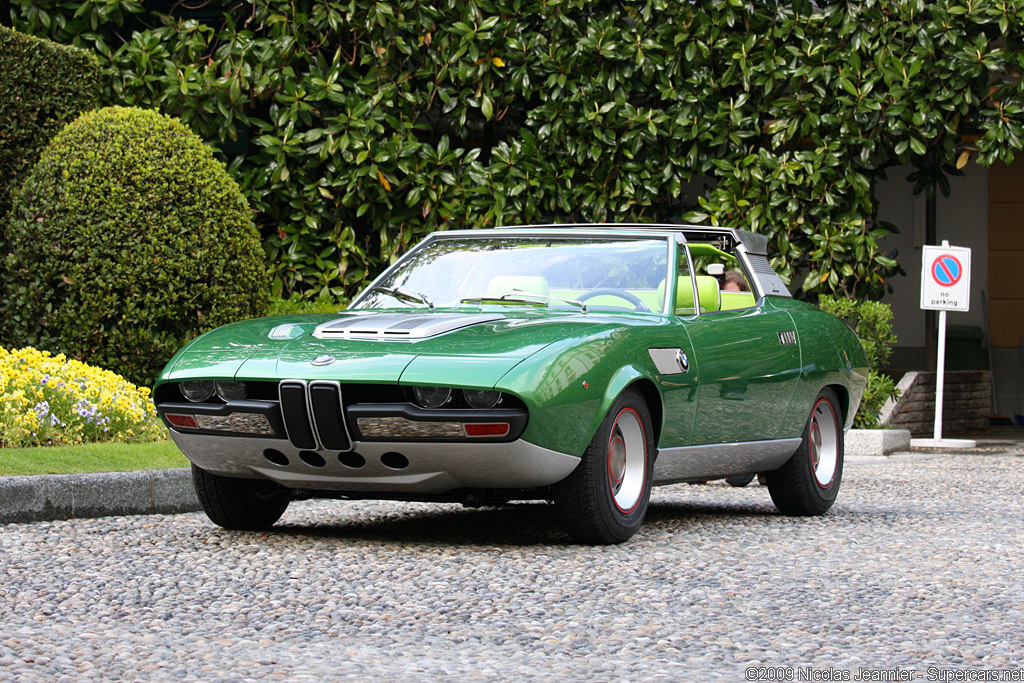
1969 2800 Spicup
A captivating prototype built by Bertone and Marcello Gandini for BMW, this Spicup was first premiered at the Geneva Salon in 1969, followed by the Concorso d’Eleganza in Alassio in June and finally at the Frankfurt Motor Show the following year.
Considered a daring prototype built as both a spider and coupe, the concept featured a stainless steel three-piece sliding top as part of its overall design. Despite what seemingly was a cool touch, the vehicle was a flop, never quite fitting in with BMW’s refined model lineup and thus unsuitable to make it to manufacturing.
Other attempts to refine this concept included reducing the chassis to fit a new body and interior using the BMW 2500 as its backbone. Gauges and pedals were standard on the inside, and there was two-tone green-on-green upholstery found on the dashboard, seats and carpet.
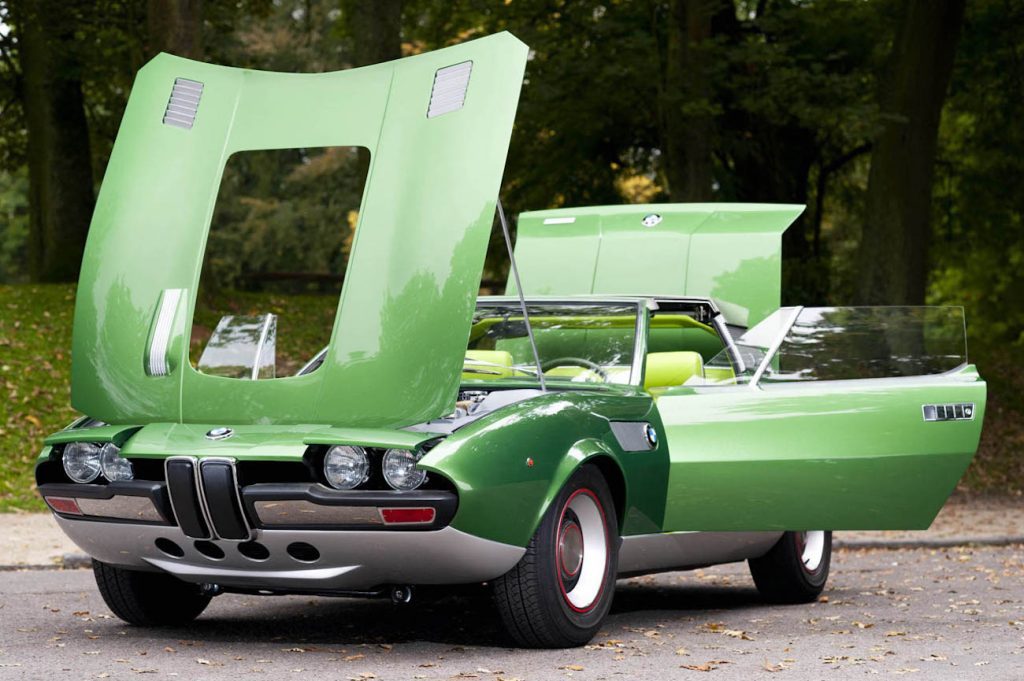
This Spicup, with its electrically operated hardtop or “lamellar roof,” was prohibitively expensive due to this feature and its complicated mechanics. Offered as a successor to the BMW 507, neither the Spicup or others with a similar “louver roof,” made the cut for a modest level of production.
This concept and its capable 2.8-liter six-cylinder engine produced 170 horsepower and was paired to a 4-speed manual transmission that drove the rear wheels, resulting in functionality for this prototype. Its maximum torque was about 173.23 lbs-ft, with the concept reaching speeds from 0-62 mph in 9.2 seconds.
Unveiled at the Geneva Motor Show, the Spicup was eventually sold to an enthusiastic owner who drove it for more than 60,000 miles from the Netherlands to Germany daily. These trips were made possible thanks to the BMW 2500 underpinnings, with the Spicup’s body once orange and the engine cover joined to the hood.
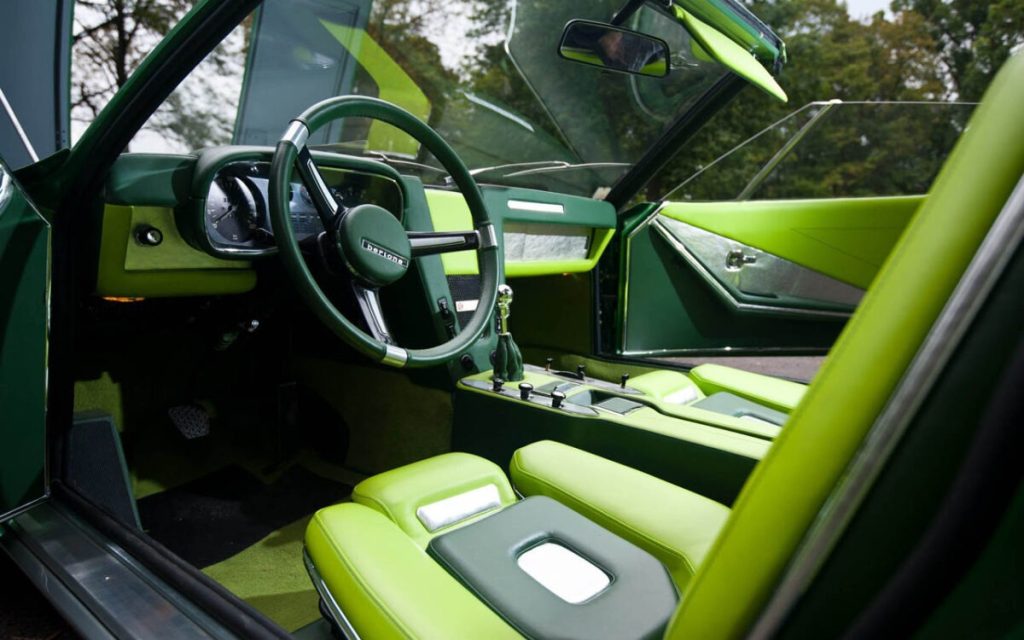
After further restoration, the Spicup, in its original green hue with triple tone interior, made its debut at the 2009 Villa d’Este Concours, with BMW as the acting sponsor. Viewed at the BMW Museum in the summer of 2010, the car was sold at auction for a whopping $600,000.
Never reaching production, but worth note nonetheless, these top five one-off concept cars were unconventional yet powerful, some attractive and others undoubtedly unique.
One and done, but the one and only, each served a purpose and had hints of what was to come!






